According to the family, the patient continued to drink about 500ml of alcohol every day, had been hospitalized many times for pancreatitis but did not change his lifestyle. This time, the patient was hospitalized with severe abdominal pain above the navel, radiating to the back, accompanied by nausea and bloating - typical signs of severe acute pancreatitis.
Test results showed that pancreatic enzymes had spiked above 1,000 units – more than 10 times the normal limit. In particular, the triglyceride (blood fat) index was up to 16 mmol/L, while the safe level is only 0.7–1.8 mmol/L.
MSc. Dr. Nguyen Kim Anh said: “Abdominal CT scan revealed widespread inflammation of the pancreas, necrosis and many pus pockets around the pancreas. This is the most severe level of acute pancreatitis, if not treated promptly, it will lead to shock, multiple organ failure and a very high risk of death.”
Immediately, the patient was treated aggressively: complete fasting, intravenous fluids, insulin, pancreatic secretion-suppressing drugs, pain relievers, and high-dose anti-inflammatory drugs. Thanks to early detection and proper treatment, after two days, the patient regained consciousness, no longer had abdominal pain, and did not need surgery. However, the risk of recurrence is still very high if the root cause is not eliminated - that is, quitting alcohol and controlling blood lipids.
According to Dr. Kim Anh, acute pancreatitis is a dangerous disease that can progress very quickly, from abdominal pain to shock, organ failure, and death within a few hours. The most common causes are prolonged alcohol consumption, metabolic disorders (especially increased triglycerides), or bile duct obstruction due to stones. “Many patients who have been treated for pancreatitis continue to drink alcohol, stop treatment, or do not control their blood lipids, leading to chronic pancreatic damage, necrosis, and long-term consequences such as diabetes, digestive disorders, malnutrition…”
Dr. Kim Anh added: “We have seen patients whose blood was drawn for testing and the blood was divided into two layers – the top layer was a opaque white layer of fat, the bottom layer was blood – indicating a serious hyperlipidemia that was alarmingly severe. The pancreatic fluid drained was thick and had a strong foul odor – a sign that the pancreas was necrotic and seriously infected. Such cases often required prolonged resuscitation, drainage of inflammatory fluid, even surgery, and the prognosis for survival was very poor."
Acute pancreatitis is not only a consequence of alcohol but also a warning that the digestive and metabolic systems are seriously overloaded. People with symptoms of epigastric pain, radiating to the back, accompanied by nausea, bloating, loss of appetite - especially those with a history of alcohol consumption or dyslipidemia - need to go to the hospital immediately.
“In emergency pancreatitis, time is of the essence. The sooner intervention is made, the higher the chance of survival; even a delay of just a few hours can have irreversible consequences,” Dr. Kim Anh emphasized.
Ngoc Nga
Source: https://baophapluat.vn/nguoi-dan-ong-suyt-mat-mang-vi-moi-ngay-uong-500ml-ruou-post552308.html










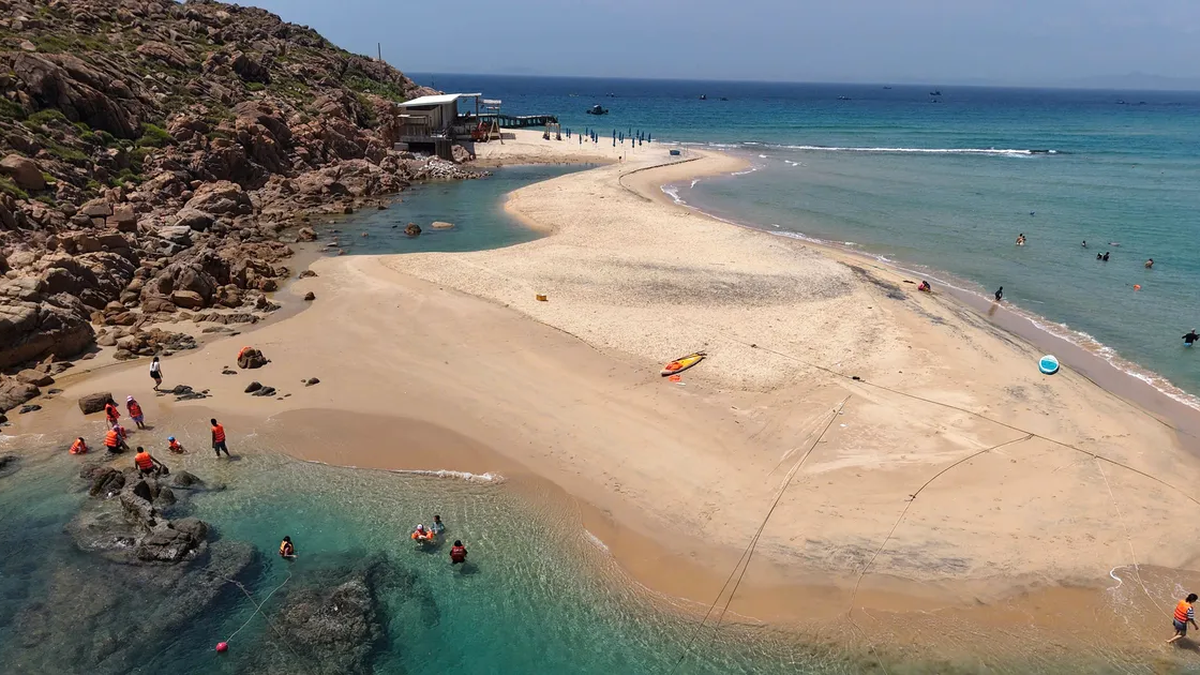

























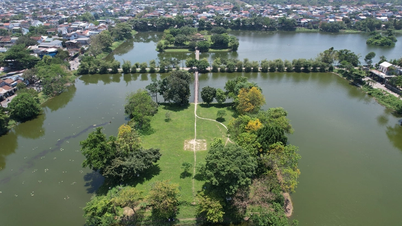


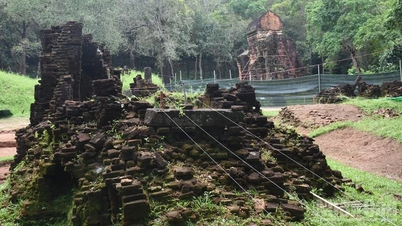






















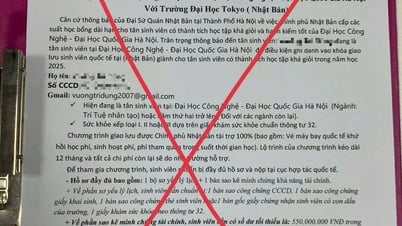






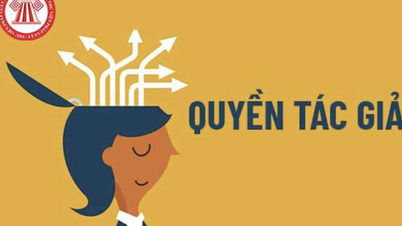



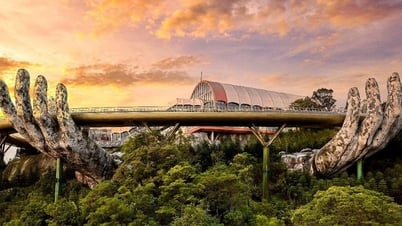

























Comment (0)